Search
Search Results

Definition
Chogha Zanbil
Chogha Zanbil (literally “basket mound”) is an ancient Elamite temple complex located in the modern-day province of Khuzestan, Iran. It is also known as Dur-Untash (Fortress/City/Town of Untash), Tchogha Zanbil, and Al Untash Napirisha (“Place...
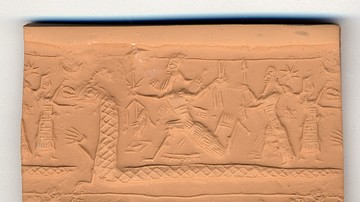
Definition
Tiamat
Tiamat is the Mesopotamian goddess associated with primordial chaos and the salt sea best known from the Babylonian epic Enuma Elish. In all versions of the myth, following the original, Tiamat always symbolizes the forces of chaos, which...
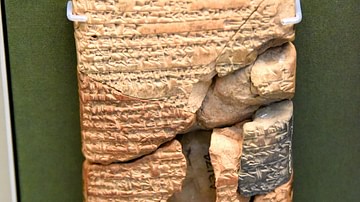
Image
A Mesopotamian Tablet with Gynaecological Treatments
Recipes were written in cuneiform inscriptions. They concern conditions such as infertility and pregnancy. Probably from Babylon, Mesopotamia, Iraq. Circa 600-400 BCE. (The British Museum, London)

Image
A Mesopotamian Tablet with Gynaecological Recipe Against Miscarriage
A medical recipe was written on this clay tablet to prevent miscarriage. It recommends that a women should wear for 3 days a particular species of dried edible mouse which has been stuffed with myrrh. Probably from Babylon, Mesopotamia, Iraq...
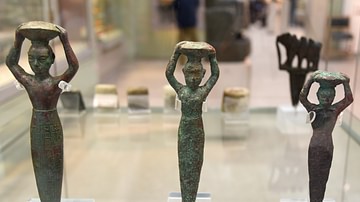
Image
Mesopotamian Foundation Figurines
Certain types of figurines were commonly placed within foundations of buildings during the third dynasty of Ur (2100-2000 BCE) of the Neo-Sumerian Period, to commemorate the building of temples by the ruler. These three peg-shaped copper...
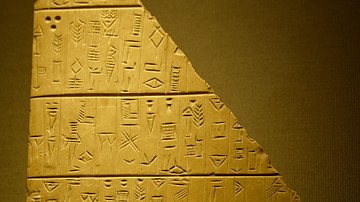
Image
Mesopotamian Tablet with Puchase Details from Dilbat
This tablet lists purchases of land by a man named Tupsikka, with payments made in baskets of barley. One transaction reads "The price of the field is 90 gur-sag-gal 16 quarts of oil". Stone tablet, about 2400-2200 BCE. Excavated by Hormuzd...
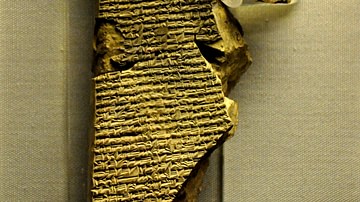
Image
Mesopotamian Epic of Creation Tablet
Mesopotamian clay tablet with the episodes of the epic of creation. It narrates how the god Anshar summons the gods together for a banquet. They celebrate Marduk's appointment as champion; Marduk defeated Tiamat in the primeval chaos. From...

Image
Mesopotamian Tablet on Marduk
Babylonian tablet, a scholar speculating on how powerful, independent Mesopotamian gods can be seen as aspects of the god Marduk. From Babylon, Southern Mesopotamia, Iraq. Neo-Babylonian Period, reign of Nebuchadnezzar II, 605-562 BCE. The...
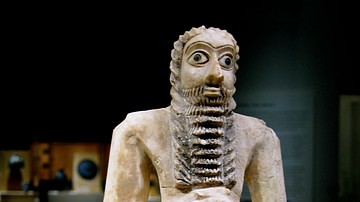
Image
Mesopotamian Male Worshiper Votive Figure
Mesopotamian male worshiper votive figure, from Eshnunna, Mesopotamia (modern-day Tell Asmar), 2750-2600 BCE.
Metropolitan Museum of Art, New York.

Definition
Gutians
The Gutians were a West Asiatic people who are thought to have lived around the Zagros Mountains in a region referred to as Gutium. They had no written language and all that is known of them comes from their enemies, including the Akkadians...